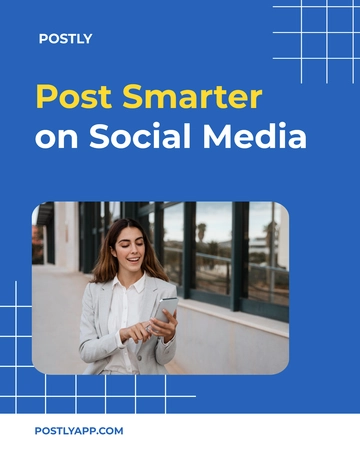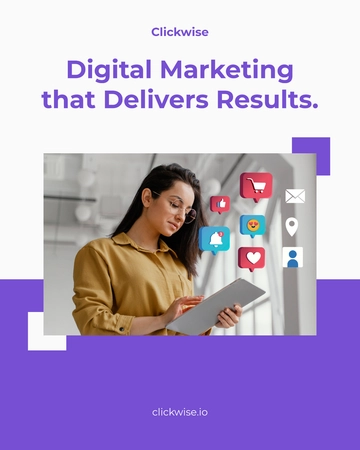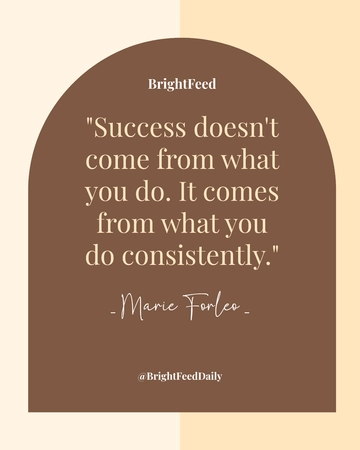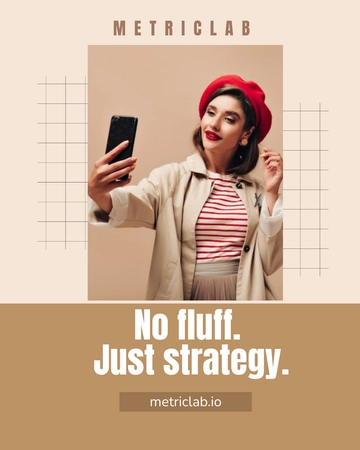Free In-Depth Social Media Advertising Strategy Document
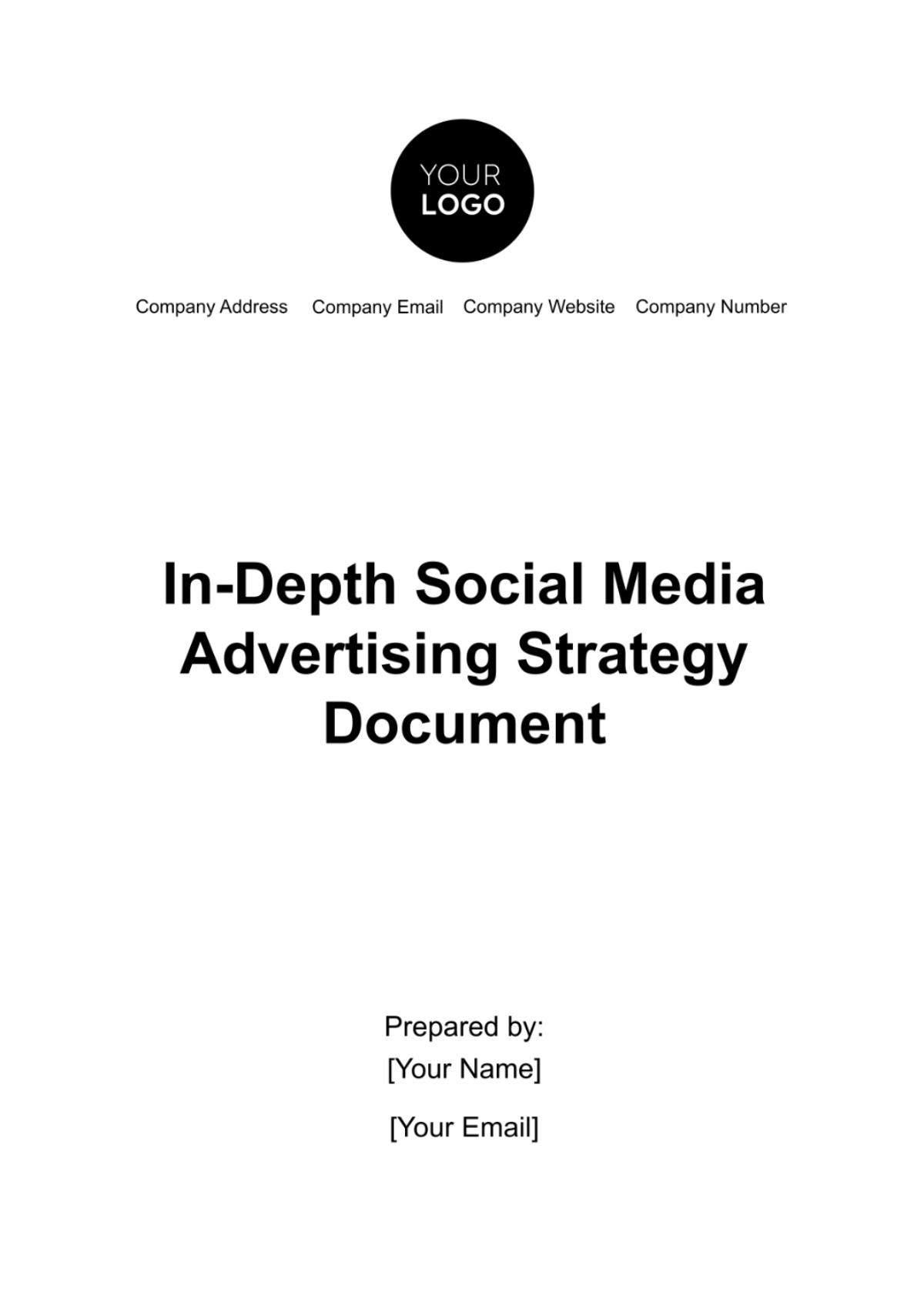
Introduction
In an era where digital footprints define brand success, our strategy guide is tailored to navigate the evolving landscape of social media marketing. This document is designed to serve as a blueprint for businesses looking to harness the power of social media for advertising, offering insights into audience engagement, content creation, and data-driven decision-making. We believe that a well-crafted social media strategy is crucial for building a robust online presence, and our guide aims to equip you with the tools and knowledge to achieve this.
Executive Summary
In an era where digital footprints define brand success, our strategy guide is tailored to navigate the evolving landscape of social media marketing. This document is designed to serve as a blueprint for businesses looking to harness the power of social media for advertising, offering insights into audience engagement, content creation, and data-driven decision-making. We believe that a well-crafted social media strategy is crucial for building a robust online presence, and our guide aims to equip you with the tools and knowledge to achieve this.
We delve deeper into the intricacies of market dynamics, audience behaviors, and technological advancements. Our plan is not just about creating visibility; it's about creating a digital ecosystem where brand narratives thrive, engage, and convert audiences into loyal customers.
Market Analysis
Our market analysis begins with a detailed segmentation of the social media audience. By understanding the nuances of different demographic groups, we can tailor content and advertising strategies to resonate more effectively with each segment.
Demographic | Preferred Platforms | Key Interests |
18-24 years | Instagram, TikTok | Lifestyle, Entertainment, Technology |
25-34 years | Facebook, LinkedIn | Career Development, Travel, Health & Wellness |
35-44 years | Twitter, LinkedIn | News, Finance, Family Content |
45-54 years | Facebook, Twitter | Health, Lifestyle, Community Engagement |
55+ years | Facebook, Pinterest | Retirement Planning, Leisure Activities, Gardening |
This segmentation is further refined using behavioral analytics, ensuring that our strategies align not just with demographic profiles, but also with user behavior patterns and preferences.
Industry Trends and Future Projections
Understanding current and emerging trends in social media is crucial to staying ahead in the advertising realm. Our analysis not only identifies these trends but also assesses their potential impact on our strategies.
Year | Trend | Impact on Strategy |
2050 | Rise of Video Content | High |
2051 | AI-driven Customization | Moderate |
2052 | Virtual Reality Spaces | Emerging |
2053 | Augmented Reality Integration | Upcoming |
Strategy Adaptation
2050: Allocate significant resources to the production of high-quality, short-form videos that are both engaging and sharable. Develop interactive video content that allows viewers to participate in the narrative or influence the outcome, increasing engagement and memorability. Partner with cutting-edge content creators and influencers to develop trendsetting videos. Use analytics to understand viewer preferences and create segmented video content tailored to different audience groups.
2051: Utilize advanced AI algorithms to analyze user data, creating highly customized ad experiences that resonate on an individual level. This approach will involve dynamic content creation where ads morph in real-time based on user interactions and preferences. Develop a proprietary AI platform or collaborate with leading AI technology providers. Ensure strict adherence to privacy regulations while using user data to inform content creation, resulting in ads that are not only personalized but also contextually relevant
2052: Invest in creating immersive VR environments where users can experience brands in a fully interactive virtual space. This could range from virtual stores to interactive brand story experiences, providing a unique and memorable brand interaction. Establish a dedicated VR development team. Collaborate with VR platform providers and explore partnerships with VR content creators. Focus on creating seamless and intuitive VR experiences that are accessible to a broad audience.
2053: Develop AR campaigns that overlay digital information onto the physical world, offering a blend of reality and digital enhancement. This could include interactive ads in public spaces, AR-enhanced product packaging, or location-based brand stories. Utilize AR technology to create interactive and engaging brand narratives that consumers can access via smartphones and AR devices. Collaborate with technology providers to push the boundaries of AR capabilities, ensuring that the AR experiences are both innovative and user-friendly.
Competitive Landscape
An analysis of the competitive landscape is integral to our strategy. We identify key players in the market, their strategies, strengths, and weaknesses. This helps in positioning our campaigns to capitalize on market gaps and leverage unique selling propositions effectively.
Competitor | Strengths | Weaknesses |
Competitor A | Strong Brand Loyalty | Limited Platform Presence |
Competitor B | Wide Audience Reach | Generic Content Strategy |
Competitor C | Innovative Campaigns | Inconsistent Posting Schedule |
The market analysis section provides a comprehensive understanding of the audience, trends, and competitive environment. This foundation is critical in developing a robust and responsive social media advertising strategy that not only addresses current market conditions but is also poised to adapt to future changes.
Strategy Development
Our approach is multifaceted, focusing on creating a strong brand presence, fostering deep connections with target audiences, and ensuring measurable success in terms of conversions and return on investment. This strategic framework is the cornerstone of our approach to helping brands achieve their marketing goals and build lasting relationships with their audiences.
Refined Objectives
Maximize Brand Visibility: Beyond increasing online presence, our goal is to position client brands as thought leaders and trendsetters in their respective industries.
Deepen Audience Engagement: Strive for a deeper connection with audiences, creating a community around the brand through meaningful, interactive, and personalized content.
Optimize Conversion and ROI: Employ advanced analytics and targeted strategies to not only drive conversions but also maximize the return on investment for every aspect of the social media campaign.
Advanced Tactics
Content Diversification and Storytelling: Develop a rich content mix that includes interactive stories, live sessions, user-generated content, and behind-the-scenes insights. Focus on storytelling to build a narrative that resonates with the audience, making the brand relatable and memorable.
Targeted and Dynamic Advertising: Leverage cutting-edge technology for precision targeting. Implement dynamic advertising that evolves in real-time based on user engagement, ensuring that the most effective content reaches the right audience segments.
Data-Driven Decision Making: Harness the power of big data analytics to inform every aspect of the strategy. From audience insights to content performance, use data to refine tactics continuously.
Multi-Platform Integration: Develop cohesive campaigns that span multiple social media platforms, ensuring consistent messaging while tailoring the approach to each platform's unique strengths and audience preferences.
Influencer Partnerships: Cultivate strategic partnerships with influencers who align with the brand's values and audience. Utilize these partnerships for authentic content creation and expanded reach.
Campaign Execution and Innovation
Adaptive Content Calendar: Create a flexible content calendar that can adapt to trends, audience feedback, and real-time events. This agility ensures relevance and engagement.
Budget Allocation with Flexibility: While maintaining a core budget allocation strategy, remain flexible to shift resources to high-performing platforms or campaigns in real-time.
Creative Experimentation: Encourage creative risk-taking within strategic boundaries, exploring new formats, themes, and technologies to keep the brand at the forefront of digital trends.
Continuous Learning and Improvement
Feedback Loop: Establish a robust feedback mechanism that incorporates audience responses, engagement metrics, and conversion data to continually refine the strategy.
Skill Development: Invest in ongoing training and development for the team, ensuring that skills are up-to-date with the latest trends and technologies in social media marketing.
By enhancing these strategic elements, our company commits to a dynamic, responsive, and forward-thinking approach in social media advertising, ensuring that our clients' brands not only thrive but lead in the digital marketplace.
Campaign Execution
Creating a content calendar that is both strategic and flexible is key to our campaign execution. This calendar is designed to adapt to real-time market trends, audience feedback, and emerging opportunities, ensuring that our content is always relevant and engaging.
Month | Campaign Theme | Target Platform |
January | New Beginnings | |
February | Love Your Brand | |
March | Spring into Action | |
April | Eco-Conscious Living |
Precise Budget Allocation:
Platform | Adjusted for Performance | Expected ROI |
45% | 20% | |
25% | 25% | |
TikTok | 20% | 30% |
Others | 10% | 15% |
The allocation of the budget is dynamically adjusted based on platform performance, audience engagement levels, and campaign objectives. This approach ensures that funds are optimized for the highest possible return on investment.
Monitoring and Evaluation
To comprehensively assess the performance of our social media campaigns, we employ a set of advanced KPIs. These indicators are carefully chosen to reflect reach, engagement, and the quality of interactions and the long-term impact on brand perception.
KPI | Target Value | Measurement Frequency |
Engagement Rate | 5% | Weekly |
Click-Through Rate (CTR) | 3% | Bi-Weekly |
Conversion Rate | 2% | Monthly |
Audience Growth Rate | 10% | Monthly |
Brand Sentiment Analysis | Positive Increase | Monthly |
Real-Time Analytics and Reporting
Dashboard Reporting: Our customized dashboards are designed for optimal usability and insight generation. They provide real-time updates on all key metrics, including audience engagement, reach, conversion rates, and more. These dashboards are tailored to each campaign's specific goals, offering a comprehensive and easy-to-understand overview of performance at any given moment.
Deep-Dive Analytics: Regular deep-dive sessions are conducted to thoroughly analyze campaign data. These sessions focus on dissecting the nuances of campaign performance, audience behaviors, and engagement patterns. By combining quantitative data with qualitative insights, we gain a holistic understanding of our campaigns' impact.
Competitive Benchmarking: We continuously monitor and analyze competitor performance to benchmark our campaigns. This involves assessing their strategies, content, audience engagement, and campaign innovations. This competitive intelligence informs our strategy adaptations, ensuring we stay ahead in the market.
Iterative Learning and Strategy Refinement
Feedback Loops: Feedback loops are established not only within our teams but also with clients and audiences. We collect and integrate feedback from various sources, including direct audience interactions, client insights, and internal team reviews.
A/B Testing: Our approach to A/B testing goes beyond basic comparisons. We use sophisticated testing methodologies to evaluate various aspects of our campaigns, including content, design, platform choice, and timing.
Quarterly Strategy Reviews: Every quarter, we conduct in-depth reviews of our strategies, aligning them with the latest market trends, technological advancements, audience shifts, and client feedback. These reviews are not mere assessments but active strategy sessions that involve cross-functional teams, ensuring that our strategies are agile and responsive to the dynamic digital landscape.
Conclusion
At [Your Company Name], our in-depth social media advertising strategy is designed to be dynamic, data-driven, and tailored to meet the evolving demands of the digital marketplace. Our commitment to innovation and excellence positions our clients at the vanguard of social media engagement and brand growth.
- 100% Customizable, free editor
- Access 1 Million+ Templates, photo’s & graphics
- Download or share as a template
- Click and replace photos, graphics, text, backgrounds
- Resize, crop, AI write & more
- Access advanced editor
Unlock the full potential of social media advertising with Template.net's In-Depth Social Media Advertising Strategy Document Template. This editable and customizable tool offers a comprehensive framework for crafting detailed advertising strategies. Utilize our intuitive Ai Editor Tool to personalize the document to your brand's unique needs effortlessly, maximizing campaign effectiveness.
You may also like
- Instagram Ad
- Instagram Banner
- Instagram Frame
- Instagram Post
- Instagram Profile Picture
- Instagram Story
- Instagram Story Highlights
- Twitter Ad
- Twitter Header
- Twitter Post
- LinkedIn Photo
- Linkedin Post
- YouTube
- Youtube Ad
- Youtube Banner
- YouTube Channel Art
- YouTube End Screen
- Youtube Profile Photo
- YouTube Thumbnail
- Facebook Ad
- Facebook Cover
- Facebook Post
- Facebook Profile Frame
- Facebook Profile Photo
- Twitch Offline Banner
- Linkedin Banner
- Twitch Overlay
- Whatsapp Status
- Reddit Banner
- Social Media Banner
- Social Media Clipart
- Social Media Plan
- Social Media Contract
- Social Media Planner
- Social Media Report
- Social Media Agreement
- Social Media Business Card
- Social Media Proposal
- Social Media Presentation
